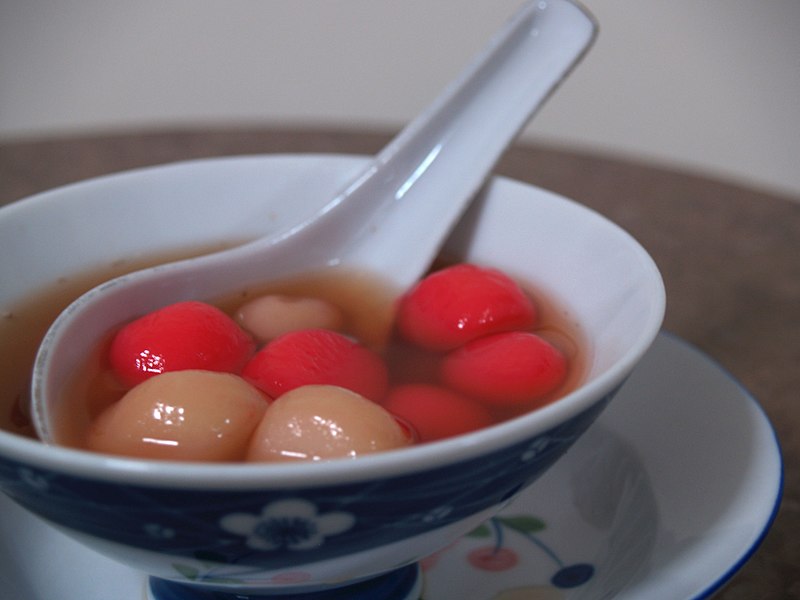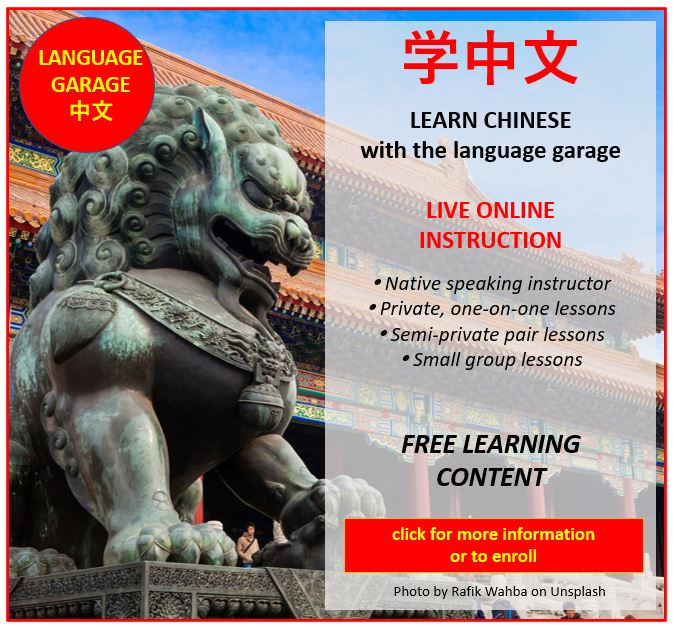China’s Dongzhi Festival: Honoring Winter’s Arrival
The Dongzhi Festival, or 冬至节 Dōngzhì Jié (Winter Solstice Festival) in Chinese, is an ancient festival that marks the arrival of the middle of winter. People celebrate it around the winter solstice, December 21 or 22 when the Northern Hemisphere experiences the shortest day and longest night. The festival traces its origins across two millennia of history. It originated from a combination of traditional Chinese beliefs in cosmology, the lunar calendar, and a reverence for the balance of 阴 Yīn and 阳 Yáng. As the darkest day of the year passes, the festival symbolizes the gradual return of light, warmth, and longer days, representing a hopeful cycle and rebirth.
Origins and Cosmology of China’s Dongzhi Festival
Dongzhi’s origins are deeply intertwined with the Chinese concept of 阴阳 Yīn Yáng, which represents a balance of opposites in nature. 阴 Yīn represents darkness, femininity, and passivity, while 阳 Yáng represents light, masculinity, and activity. In Chinese cosmology, the Winter Solstice marks the zenith of 阴 Yīn (darkness, cold, and passivity) and the slow return of 阳 Yáng (warmth, light, and activity). People believed that as yin peaked, the rebirth of yang energy began, foreshadowing the return of brighter days and an eventual transition to spring. Over centuries, this cosmic event evolved into a communal celebration among families. It eventually became an official holiday during the Han Dynasty (206 BCE – 220 CE).
Traditional Foods and Celebrations related to China’s Dongzhi Festival
People celebrate the Dongzhi Festival in both Northern and Southern China, with distinct customs. A defining aspect of the festival is its food, which varies by region. In Northern China, Dumplings (饺子, jiǎozi) are a popular dish. According to tradition, this custom began with Zhang Zhongjing, a famed Han Dynasty doctor. He prepared lamb and medicinal herb dumplings to help locals fend off the cold and prevent frostbite. Today, many people in Northern China continue to make and enjoy dumplings with family members, symbolizing warmth and health during the cold months.
In Southern China, especially in places like Jiangnan, glutinous rice balls (汤圆, tāngyuán) known are a traditional treat. These colorful, chewy balls, made from glutinous rice flour, typically have sweet or savory fillings such as black sesame or red bean paste. People enjoy them in a warm, sweet broth. Eating 汤圆, tāngyuán together with family during Dongzhi is not only a way to stay warm but also symbolizes reunion and harmony. The round shape of 汤圆, tāngyuán represents completeness and unity, a fitting sentiment as families gather to celebrate the festival.
Some other traditional foods associated with China’s Dongzhi Festival are as follows. Mutton Soup (羊肉汤, yángròu tāng) is popular in some regions for its warmth and nourishment during the winter. According to traditional beliefs, mutton soup strengthens the body’s resistance to the cold. Glutinous Rice Cakes (年糕, niángāo) are more common during the Lunar New Year, but people enjoy them during Dongzhi. They symbolize progress and good fortune, especially in Eastern China. Red Bean and Glutinous Rice Porridge (红豆糯米粥, hóngdòu nuòmǐ zhōu) often appear in various dishes during Dongzhi, as they ward off evil spirits and misfortune according to traditional beliefs.
Cultural Significance of the Festival
Dongzhi is a time for family reunion and ancestral worship, and many people offer prayers and perform rituals to honor their ancestors. Families often clean and decorate their ancestral tablets, 神主牌位 shénzhǔ páiwèi or simply 牌位 páiwèi. These are wooden or stone plaques used in traditional Chinese ancestor worship to represent deceased family members. These tablets usually include the ancestor’s name, title, and sometimes details about their life or rank. They serve as a physical representation of the ancestors’ spirits and usually sit on household altars or in family shrines. During Dongzhi, families make offerings of food and incense at their 牌位páiwèi to show respect and gratitude. This emphasis on familial unity and reverence for the past reflects the Confucian values that are so important in Chinese culture.
Dongzhi also serves as a period of rest and introspection, where people take stock of the year that has passed and prepare for the new year. The festival’s underlying message is that as the darkness reaches its peak, there is always hope for renewal and a brighter future. For older people in particular, Dongzhi holds additional meaning as a reminder of longevity and the cyclic nature of life.
Modern-Day Observance of China’s Dongzhi Festival
While Dongzhi is no longer a public holiday in most parts of China, many families continue to celebrate it privately. The festival has become a cherished cultural event, especially in rural areas and among the older generations. In today’s fast-paced society, Dongzhi is also a time to reconnect with family and traditions, providing a break from the rush of modern life and grounding people in the cyclical rhythm of nature.
The Dongzhi Festival is a blend of tradition, seasonal observance, and familial warmth. It serves as a reminder of resilience, the promise of brighter days, and the value of kinship. As China celebrates this ancient festival each winter, the essence of Dongzhi endures. It symbolizes a bridge between past traditions and the anticipation of future light.
Learn Chinese with the Language Garage!
We hope you’ve enjoyed learning about China’s Dongzhi Festival. If you’re interested in learning more, check out our other posts on Chinese language, culture, and more. And if you’re looking for convenient and affordable live Chinese lessons with a real teacher, check out The Language Garage. Our lessons are given online in a virtual classroom, so it doesn’t matter where you live or work – we can come to you. And we have flexible options, with a free trial so that you can decide if there’s a fit. Check us out!
Image source Wikimedia Commons






